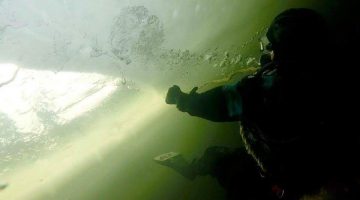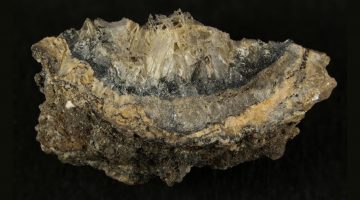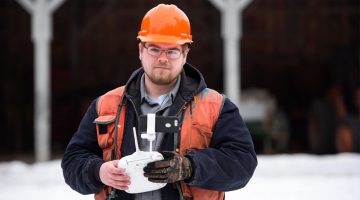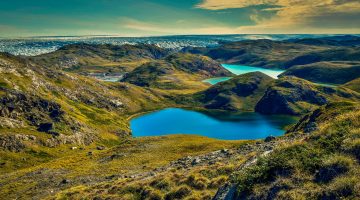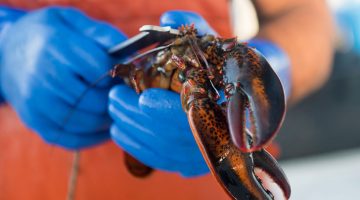Chen stock assessment model focus of Fishermen’s Voice story
The March issue of Fishermen’s Voice includes a story on a new shrimp stock assessment model developed by professor Yong Chen and postdoctoral research associate Jie Cao. This spring, the Atlantic States Marine Fisheries Commission will adopt the stock assessment model for shrimp that takes into account the complex life history, environmental conditions and the […]
Read more
